The tokenization of real-world assets democratizes traditional finance markets while making Web3 more accessible to everyone involved in the ecosystem. As we look into 2024, Web3 companies are buzzing with excitement to support the tokenization of real-world assets.
However, many operators in the space may be hesitant about this development. Why? Primarily because Web3 has developed a reputation for building hype around innovations that fall short.
From our lens, the tokenization of real-world assets is certifiably exciting because it depends on the value of a tangible piece of property. That means there’s no disputing the real-world value of the items at stake, and anyone can get involved.
To stay relevant, every Web3 platform, including yours, must invest in building infrastructure to support tokenized real-world assets. At SimpleHash, we wrote up a crash course on this developing ecosystem to get up to speed before you start taking action on tokenization.
What does the tokenization of real-world assets entail?
In short, the tokenization of real-world assets turns tangible goods into digital tokens stored on the blockchain. Examples of real-world items include:
- Land – developed real estate or non-developed
- Commodities – watches, jewelry, etc.
- Intellectual property – like music
- Art – especially high-end
Here’s why people will look to leverage this capability more frequently:
If you need money quickly and have a valuable piece of jewelry to sell, you’d either have to put it on a secondary marketplace or pawn it. That means you lose possession of the jewelry or are subject to a predatory lending service that offers you an extremely high-interest loan.
Instead, you can tokenize the asset. Here’s how:
- Send in the jewelry for storage in a vault.
- Wrap it online as an NFT, which digitally represents the asset.
- Take out a decentralized loan on the jewelry on decentralized lending protocols such as Arcade.xyz.
- People will bid on your loan. You can consider the offers and decide which one best serves you.
This system entirely shifts the dynamic of obtaining a loan on an asset. As long as you can repay the loan, you get instant liquidity without surrendering the possession.
Unlike past Web3 trends, tokenization lives up to its hype – here’s why
Preceding the bear market in 2021, NFT companies aimed to onboard the next billion Web3 users. To do so, they focused on spreading crypto and Web3 education.
However, companies like SimpleHash that built NFT infrastructure through the bear market realized that the barrier to Web3 adoption for an everyday internet user wasn’t education – it was simply usability.
No amount of education will push people to adopt technology that has more friction than applications they’re currently using. Focusing on usability decreases that friction and makes new users more likely to onboard to these platforms, no matter their interest level in Web3.
Asset fractionalization drives democratization
One aspect of usability is tokenization. The fractionalization of an asset is its division into smaller, more affordable parts. This creates an easy entry point for anyone and everyone to get involved with Web3.
Fractionalization also connects decentralized finance (DeFi) to the established financial system. That democratizes traditional finance markets for two reasons:
- The cost of entry is lower across the board
- There are fewer administrative restrictions
Here’s how that works IRL: Most people can’t afford to buy fine art, let alone a truly famous painting. For example, Andy Warhol’s “Marilyn” (1967) is worth an estimated $200k-$250k. That’s completely inaccessible to a majority of the population.
But imagine if you could own a portion of that artwork by investing a sum you feel comfortable with. In return, you receive an exclusive digital token representing your ownership – and accrues value over time. That’s fractionalization, and you can invest in “Marilyn” (1967) through Freeport, the platform bringing fractionalization to fine art investing.
Tokenization makes investing in Web3 more accessible to everyone
Historically, brands used NFTs to build community but failed to offer utility. For example, Gucci entered the Web3 space with the sale of a film inspired by their recent fashion collection, Aria, which sold for $25k – only $5k more than the starting bid price. While the film is a collectible, it didn’t draw the average Gucci customer into Web3.
However, the tokenization of real-world assets transitions NFTs from a community-building stunt into a means for financialization or building wealth since they’re tied to real-world assets.
With the option of fractionalization, more people are likely to want to join the art investment space. Freeport’s fine art consistently sees annualized returns that outpace the S&P 500. Tokenization also adds blockchain protection against fraud. The blockchain records every transaction and tracks ownership records so investors know they’re putting their money in a safe place.
Fractionalization also works like any investment – the token representing your investment accumulates value over time, proportional to the investment. On the other hand, if you need instant liquidity, you can put up your asset for investment without completely losing the possession.
Gucci’s adjusted to the times as well. In July 2023, they offered their NFT holders access to two exclusive physical products, which are projected to appreciate over time – turning the initial purchase of the NFT into an investment piece like any of the luxury brand’s other products.
5 real-time examples of real-world asset tokenization
1. Freeport fractionalizes fine art
Freeport brings fractionalization to fine art investing. All Freeport offerings are SEC qualified, and their collection of carefully curated, authentic pieces includes four of Andy Warhol’s famous works: “Marilyn” (1967), “Double Mickey” (1981), “Mick Jagger” (1975), and “Rebel Without a Cause (James Dean)” (1985).
Their art sees annualized returns that consistently outpace the S&P 500. Colin Johnson, Freeport’s CEO, intends for his company to move value on-chain for younger, less financially flexible investors.
2. Homebase makes real estate a $100+ investment
Homebase lets anyone invest in real estate for as little as $100 through tokenization. This allows folks otherwise locked out of the increasingly expensive real estate market to build wealth. Homebase purchases don’t require physical interaction with properties. Instead, they’ve moved home records onto the blockchain so people can invest in properties remotely.
Homebase closed out the tokenization of its first single-family rental property in March. The McAllen, TX home was valued at $235k, and Homebase raised over $246k in two weeks to tokenize it.
3. Courtyard offers collectibles on the blockchain
Courtyard empowers card collectors to take control of their collections with digital ownership. Collectors submit their cards for vault storage, Courtyard authenticates and processes them, and collectors receive the tokenized card in their digital wallet.
This platform harnesses the value of card collections like never before. The Pokemon card industry alone is worth ~$4.6 billion, and Courtyard leverages the blockchain to ensure unparalleled security, authenticity, and accessibility.
4. Baxus revolutionizes wine and spirits collecting
Alcoholic beverage collectors often seek out rare bottles of whiskey, wine, and other spirits, and their values appreciate over time as they become rarer. Baxus is the secure way to trade wine and spirits with blockchain technology.
The platform distills liquor buying and selling to a simple transaction in exchange for NFTs. Bottles are tokenized through vault storage, intake processing, and the issuing of NFTs to your wallet.
5. 4K offers pretty much everything on-chain
4K offers digital representations in the form of NFTs of any real-world physical collectibles. Send the collectible to one of their vaults to have the NFT minted and receive the collectible back at any time in exchange for the NFT.
This vault storage system is made simple with 4K, whose decentralized protocol runs a global network of operators and storage vaults.
SimpleHash makes it easy for Web3 platforms to support tokenization
Successfully adding tokenization of real-world assets to your platform is about offering a frictionless experience that’s easy for anyone to use – from NFT enthusiasts to Web3 newbies to people with no crypto experience at all. SimpleHash helps make that happen.
With our NFT API, pull all data associated with your user’s real-world assets that are tokenized as NFTs – including any underlying metadata. For a real-time example, say your user tokenized their Rolex Submariner. We help you access all associated metadata, including asset type, quality, media, sales and listings transacted on the chain, and market performance.
These use cases can unlock a significant, new customer base for your platform. SimpleHash integrates automatically into your platform, so there’s no learning required on the customer side. Users don’t need to care about Web3 to seamlessly experience the benefits and value provided by tokenization and asset insights.
Get a SimpleHash API Key and unlock boundless potential for your platform and customers.


















